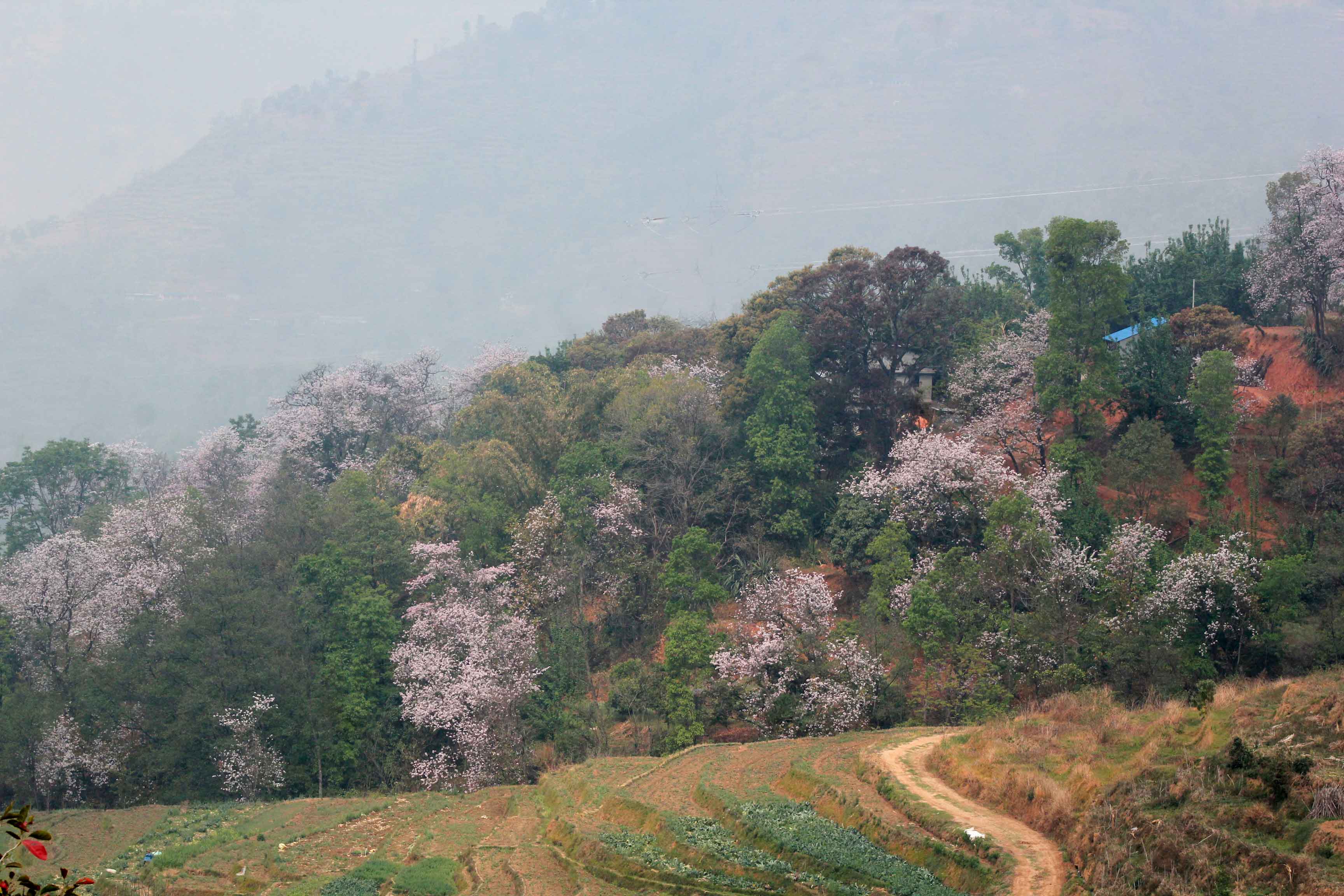The perfume I earlier associated with temples has changed into smell. It isn’t the smell of devotion anymore; it is a stench of disintegrating organic matters.
 Nostalgia is not unlike a mirage; it’s all good, until you want to check it out for yourself. As soon as you decide to do that, it fizzles away, and the most you’ll catch is the whiff of disappointment. As a student of heritage and culture, folks like us are married to nostalgia: of what once was, and not to what it is now.
Nostalgia is not unlike a mirage; it’s all good, until you want to check it out for yourself. As soon as you decide to do that, it fizzles away, and the most you’ll catch is the whiff of disappointment. As a student of heritage and culture, folks like us are married to nostalgia: of what once was, and not to what it is now.
Case in point: I fondly remember the pristine spring that flows right through Dakshinkali Temple. I remember the crispness of the water, its freshness and purity. It added another dimension to the temple. For me, it was always more about that spring than the temple. It’s what I remember the most of that trip. When I close my eyes, I see myself waddling in that pool, skipping stones. I can still feel the coolness of that water on my feet.
Couple of years back when I went there, during Dashain, I was hoping to relive the same experiences I had nearly two decades ago. It didn’t happen.
A lot had changed, and how! While in my memories the spring was still pristine, in reality, it had sprung. It had reduced to a trickle, and instead of skipping stones, I had to fish plastic bottles out of it. Bobbing up everywhere were empty plastic bottles, juice cartons, polythene bags, you name it. The ambience, the sacredness of the place vanished the instant I saw it. Since it was during the Navratri, the water had red hues and locks of animal hair here and there. I returned without wetting my feet.
It has changed my view of temples. The perfume I earlier associated with temples has changed into smell. It isn’t the smell of devotion anymore; it is a stench of disintegrating organic matters. It’s prasad we forcibly feed to the statues; it’s the stench of the rice and other grains breaking apart (rotting, if you will) in the jal languishing in the altar. Compound that with the perfumes of the incense, it is an affront to the olfactory sense unlike anything else.
It is the same in most temples in the valley. Our idea of darshan and devotion is far from holy, we should’ve realized by now. The main idol of Dakshinkali is barely distinguishable; centuries of human touch have eaten away its features, and the acidic component of vermillion is eating away what is left. It is same for other shrines, too. Add to it our reluctance to clean up after us, and you get a potent mix of what’s eating our temples away.
You know this to be true. If you still don’t believe, go and check the mess we make in the Patan Darbar Square after every Krishna Asthami, and tell me that I’m not correct. I am not judging anyone, by the way. I am attempting to start a conversation. Just don’t find yourself littering your sacred place after you; it’s all that I am asking for. And it’s not much, is it?










